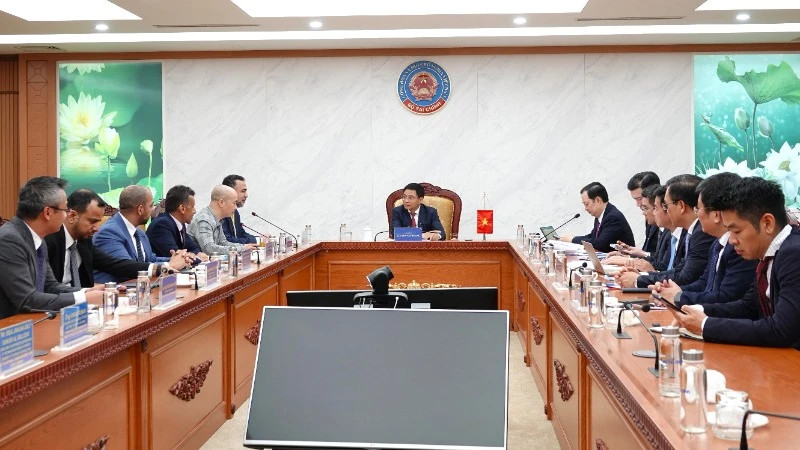In the U.S., the legislative process for gaming regulation often looks like an exclusive roundtable—operators, lobbyists, and technology suppliers occupy the seats, while the people who actually play remain outside the room. This omission is more than symbolic; it undermines the potential for evidence-based policy that could create safer, more engaging, and more sustainable markets.
Other jurisdictions are starting to break that mold. Singapore’s Gambling Regulatory Authority (GRA) recently launched a public consultation on in-game marketplaces—allowing players to trade digital items within regulated environments. This wasn’t just a box-ticking “comments welcome” exercise; it was an intentional effort to bring direct user insight into the policy blueprint. That’s the model the U.S. needs to study.

From a governance standpoint, ISO 9001:2015 already sets the precedent: a robust quality management system must identify all “interested parties,” and that includes end users. In gaming, the player isn’t just a consumer—they’re a stakeholder impacted by and contributing to the effectiveness of the regulatory framework. Involving them directly doesn’t dilute regulator authority; it strengthens it.
Practical mechanisms for this shift are well within reach:
- Structured regulatory impact assessments that measure player trust, satisfaction, and migration risks to unlicensed markets.
- Technical advisory panels with player association representatives.
- Data-driven surveys on gaming habits, spending patterns, and perceived risks.
The benefits are tangible. Players can identify exploitative mechanics before they escalate, signal when game design nudges cross into predatory territory, and suggest engagement features that increase retention in safe, legal environments. This feedback loop is first-hand market intelligence—something that operators pay consultants millions to replicate.

North American regulators, from the Nevada Gaming Control Board to state lottery commissions, often emphasize integrity and responsible gaming, yet without direct player engagement they operate with incomplete data. A more proactive stance—mirroring Singapore’s structured consultations—could yield regulations that are not only compliant but adaptive, capable of evolving alongside player expectations and technological change.
In the era of globalized gaming markets, ignoring the player’s voice isn’t just an oversight; it’s a competitive disadvantage. Regulators that embed structured player participation into the legislative process will not only gain legitimacy but also foster a more resilient, transparent, and future-proof industry. The seat is there—what’s missing is the invitation.
German+






































